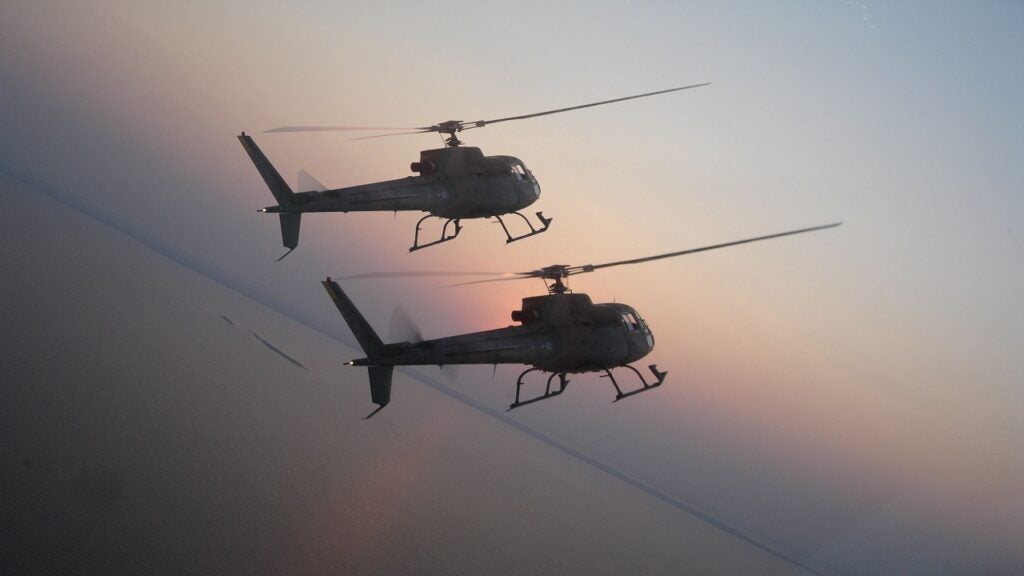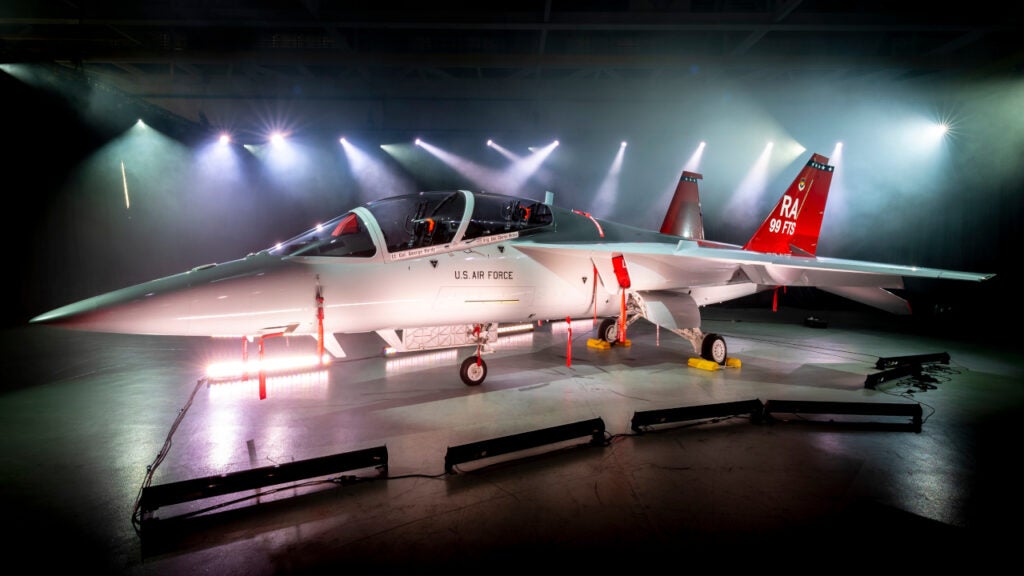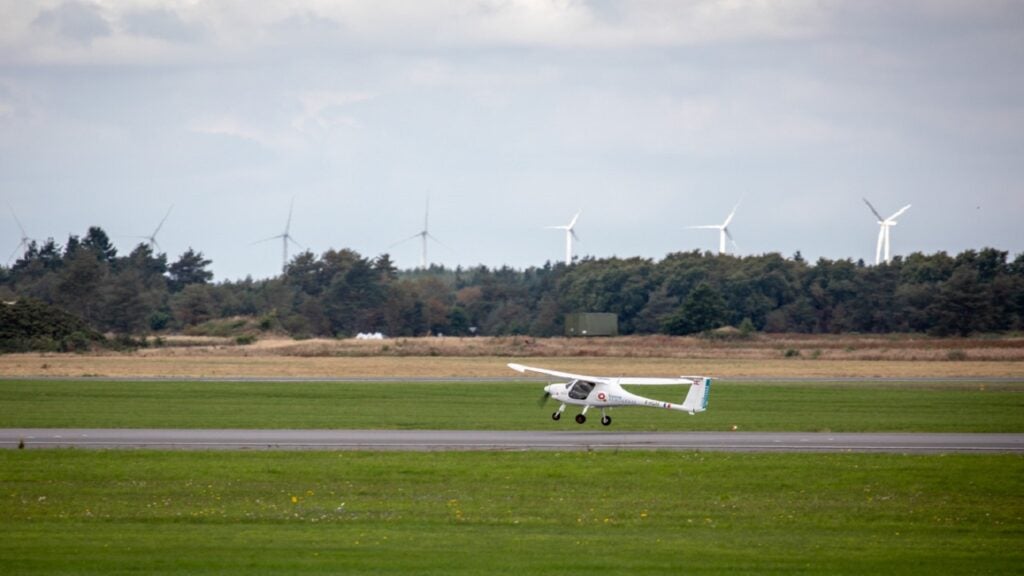
The R-27 (AA-10 Alamo) is a guided medium range, air-to-air missile manufactured by Russian firm Vympel and Ukrainian firm Artem. The missile was deployed in the 1990s on fourth generation fighters of the Russian Air Force.
The R-27 missile is intended for integration on Russian fourth generation fighters such as the MiG-29, MiG-31, Su-27, Su-30, Su-33, Su-34, Su-35, Su-37 and Yak-141.
The design of R-27 was initiated in April 1962, while the actual production began in 1986. The missile is currently in service with more than 25 countries across the globe.
The missile is designed to strike all types of aircraft, rotorcraft, cruise missiles and unmanned aircraft systems. It can engage air borne targets in any weather conditions during day and night.
Orders and deliveries of Russia’s R-27 missile
The Indian Ministry of Defence (MoD) awarded a $250m contract for R-27 missiles in March 2012. The first batch of missiles was delivered to the Indian Air Force (IAF) in August 2013.
India signed a Rs1,500cr ($218m) contract to purchase air-to-air R-27 missiles from Russia in July 2019. The R-27 missiles will be fitted on to the Indian Air Force’s Su-30MKI fighter jets.
Design features of R-27 air-to-air missiles
The R-27 missile structure includes a cylindrical body and axisymmetric, crosswise arranged surfaces in duck configuration. The modular structure allows the integration of various guidance systems and motors (two options).
All versions of the R-27 missile are equipped with the same 39kg Rod warhead initiated by radar-proximity and impact fuses. The air-to-air missile is designed with a canard aerodynamic configuration. The surfaces control pitch and yaw of the missile, while ensuring the roll stabilisation. The maximum operational g-loading of the missile is 8g.
The guidance method of the missile can be converted from semi-active radarhoming to infrared by substituting the seeker module. The propulsion system includes a solid-propellant rocket motor.
AA-10 Alamo guided medium range missile variants
The R-27 is available in six variants, R-27R1, R-27T1, R-27P1, R-27RE1, R-27ET1 and R-27EP1, to cater to the varying mission requirements of the armed forces. The R-27 missile range also included the R-27 submarine-launched ballistic missile (SLBM), which was a single-stage, storable liquid-propellant missile. The R-27RE1,R-27TE1 and R-27EP1 are extended range versions of R-27R1, R-27T1 and R-27P1 respectively.
The R-27R1 missile is designed to destroy air targets in adverse weather conditions at any time of day. The missile has a length of 4m, body diameter of 0.23m and wing span of 0.77m. The weight of the missile is 253kg. The R-27R1 can be launched from an altitude of 25km, up to a range of 60km. The guidance system of the missile includes semi-active radar seeker with command updates.
The R-27RE1 missile is an extended range version of R-27R1. It has a length of 4.7m, wing span of 0.8m and body diameter of 0.23m. The missile has a weight of 350kg. The R-27ER1 can be launched from an altitude of 27km. It has a range of 95km. The guidance system of the missile includes semi-active radar seeker with command updates.
The R-27Т1 missile variant is designed to strike air targets at all angles during day and night. The variant uses fire-and-forget system for better control over the flight of the missile. The missile has a length of 3.7m and diameter of 0.23m. The missile has a launch weight of 245kg. It can be launched from an altitude of 24km and has a range of 50km. The missile uses infrared (IR) seeker guidance system.
The R-27ET1 is an extended range version of R-27T1. The extended range version has an overall length of 4.5m and diameter of .23m. It can carry 39kg war head to a maximum range of 90km. It has a launch weight of 343kg and maximum launch altitude of 30km. The missile is equipped with IR seeker guidance system.
The R-27P1 and R-27EP1 are fire-and-forget missiles employing passive radar homing heads. The air-launched missiles can strike radio-emitting air targets during day and night, in all weather conditions. The R-27P1 has a range of 72km, while the R-27EP1 can engage targets within the range of 110km.



